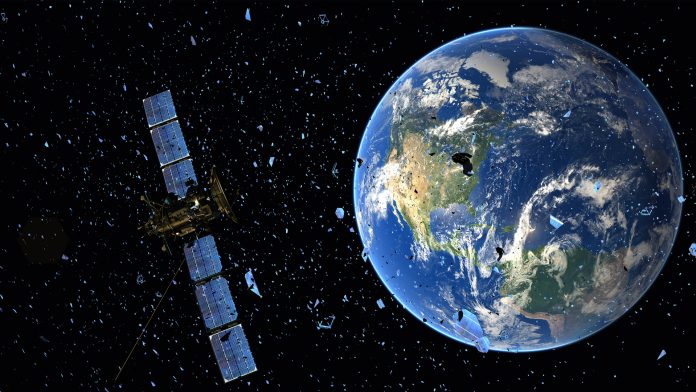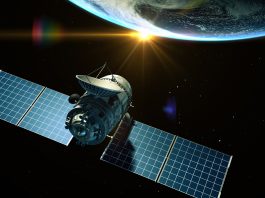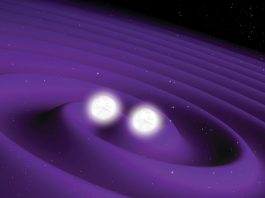Research led by the University of North Carolina at Chapel Hill, USA, suggests that orbital flashes, caused by excess space debris, occur 1,000 times an hour.
A new study published on 5 November in The Astrophysical Journal Letters provides a potential explanation for these mysterious flashes.
Lead author Hank Corbett, a graduate student at the UNC-Chapel Hill Department of Physics and Astronomy, said: “Astronomical surveys have seen occasional reflected light glints from satellites; those flashes can cause false alarms in surveys looking for new events in the sky. For the first time, we have studied the flashes in a systematic way that will help reduce their impact on astronomical discoveries.”
The team at UNC-Chapel Hill, along with collaborators from San Diego State University and the University of Barcelona, reported more than 100,000 flashes over a six-month period. The orbital flashes were observed with the Evryscopes, telescopes in California and Chile. The pair of robotic, gigapixel-camera telescopes observe the entire sky above their observatories every two minutes.
Corbett said: “These measurements allow us to predict the impact of reflected-light flashes on both current and future professional observatories and develop techniques to mitigate their effects on data.”
The orbital flashes are from the in-use satellites that are relied on for navigation, communication, weather forecasting, etc. However, the team also found that the flashes also come from space trash such as dead satellites, paint chips, and errant nuts and bolts that have accumulated since human space exploration began 60 years ago.
These short-duration flashes can be indistinguishable from stars in images from professional observatories and are typically visible for only a fraction of a second. Corbett added: “Millions of stargazers have likely observed these quick glimmers of light in the night sky. Reflected-light flashes happen so fast that observers may dismiss them as visual noise, but this research provides a potential explanation for those mysterious flashes.”
Rogue reflections from Earth satellites take two forms: short duration flashes that can lead to mistaken astrophysical events and streaks associated with fast-moving or slowly rotating satellites like SpaceX Starlink, both of which can mislead astronomers and stargazers.









